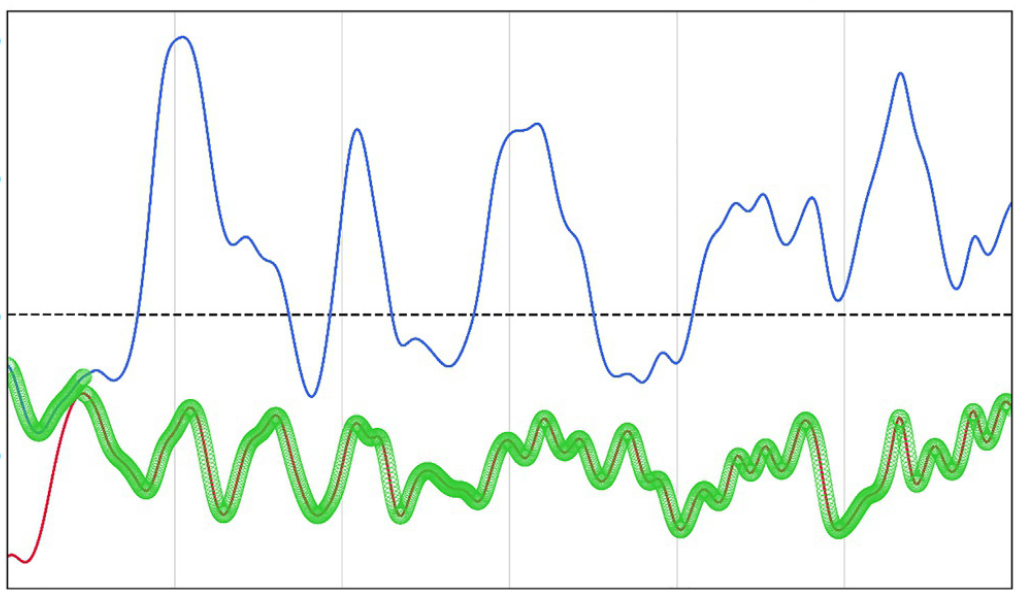Review on machine learning for excited states.
In brief:
- Pavlo Dral and I wrote a review of machine learning methods (ML) applied to molecular excited states.
- The review covers the key developments on ML prediction and analysis of energies, spectra, dynamics, and optoelectronic-material design.
Theoretical simulations of electronic excitations and associated processes in molecules are indispensable for fundamental research and technological innovations.
However, such simulations are notoriously challenging to perform with quantum mechanical (QM) methods. Advances in machine learning (ML) open many new avenues for assisting molecular excited-state simulations.
Supervised learning can learn excited-state properties or improve QM methods.
Unsupervised learning provides insights into structure-property relationships.
Generative models and evolutionary algorithms can assist in automized rational materials design.
In this Review, Pavlo Dral and I track the progress, assess the current state-of-the-art, and highlight the critical issues to solve in the future. We overview a broad range of ML applications in excited-state research, including predicting molecular properties, improvements of QM methods, analysis of excited-state properties, and the search for new optoelectronic materials. We critically discuss ML developments for prediction and analysis of:
- Excited-state energies
- Spectra
- Nonadiabatic dynamics
- Optoelectronic materials.
ML entered the field of molecular excited states relatively recently, but it’s geared to become an integral part of excited-state simulations. The number of published studies using ML for excited-state research remains relatively small compared to other research areas. Moreover, most of the works in the field have been proof-of-concept studies proposing new methods rather than applying ML for practical research and development.
There are still many challenges ahead till we have mature research protocols. However, progress is being made at an ever-increasing pace and we are confident ML has a bright future in excited-state research.
MB
Reference
[1] P. O. Dral, and M. Barbatti, Molecular Excited States Through a Machine Learning Lens, Nat. Rev. Chem. DOI: 10.1038/s41570-021-00278-1 (2021).



1 Comment
Review on Machine Learning for Molecular Excited States – Dral's Group · June 15, 2021 at 3:55 AM
[…] P.S. See also the blog post by Mario Barbatti. […]
Comments are closed.